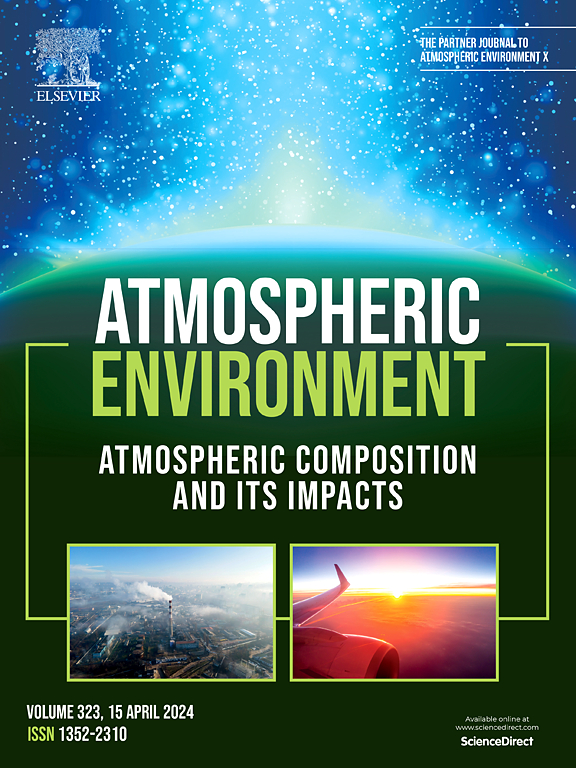Environmental significance of sulfur wet deposition in ecological barrier region, Qinghai-Tibet Plateau
IF 3.7
2区 环境科学与生态学
Q2 ENVIRONMENTAL SCIENCES
引用次数: 0
Abstract
The Qilian Mountains are a significant ecological barrier in China. but the research on the characteristics of atmospheric Sulfur(S) wet deposition and the analysis of potential sources of SO2 in this region are not adequate. In the study, 1382 samples of precipitation from 27 stations in the Qilian Mountains were analyzed. We quantified the wet deposition of atmospheric S on the Qilian Mountains, and the following conclusions were drawn. The annual average S wet deposition flux in the Qilian Mountains is 37.59 kg/hm2. Due to the influence of precipitation patterns, the distribution of S wet deposition flux is uneven throughout the year, with 78.75 % of the total deposition occurring between May and October. Also, the S wet deposition flux shows an obvious spatial variability, with an increasing variation characteristic trend from west to east. Additionally, altitude, meteorological factors, and ecosystem types influenced the S wet deposition. The main sources and mechanisms of individual air pollutants in the Qilian Mountains are highly complex. The concentrations of SO2 are strongly influenced by the regional transport of emissions, mainly from severe pollution source regions in South Asia, Western China, and Central Asia. It is recommended to reduce SO2 emissions and protect ecological quality through industrial reforms, energy optimization, clean heating, land use adjustments, and ecological projects to improve public well-being.
青藏高原生态屏障区硫湿沉降的环境意义
祁连山是中国重要的生态屏障。但对该地区大气硫湿沉降特征及SO2潜在来源分析研究不足。本研究对祁连山地区27个站点1382份降水样本进行了分析。通过对祁连山大气S湿沉降量的定量分析,得出以下结论:祁连山年平均S湿沉积通量为37.59 kg/hm2。受降水模式的影响,S湿沉降通量全年分布不均匀,其中5 - 10月的S湿沉降量占总沉降量的78.75%。S湿沉降通量也表现出明显的空间变异性,呈现自西向东增加的变化特征趋势。此外,海拔高度、气象因子和生态系统类型对S湿沉积也有影响。祁连山地区大气单项污染物的主要来源和形成机制非常复杂。SO2浓度受区域排放输送的强烈影响,主要来自南亚、中国西部和中亚等严重污染源区域。建议通过产业改革、能源优化、清洁供暖、土地利用调整和生态工程等措施,减少二氧化硫排放,保护生态质量,提高公众福祉。
本文章由计算机程序翻译,如有差异,请以英文原文为准。
求助全文
约1分钟内获得全文
求助全文
来源期刊

Atmospheric Environment
环境科学-环境科学
CiteScore
9.40
自引率
8.00%
发文量
458
审稿时长
53 days
期刊介绍:
Atmospheric Environment has an open access mirror journal Atmospheric Environment: X, sharing the same aims and scope, editorial team, submission system and rigorous peer review.
Atmospheric Environment is the international journal for scientists in different disciplines related to atmospheric composition and its impacts. The journal publishes scientific articles with atmospheric relevance of emissions and depositions of gaseous and particulate compounds, chemical processes and physical effects in the atmosphere, as well as impacts of the changing atmospheric composition on human health, air quality, climate change, and ecosystems.
 求助内容:
求助内容: 应助结果提醒方式:
应助结果提醒方式:


